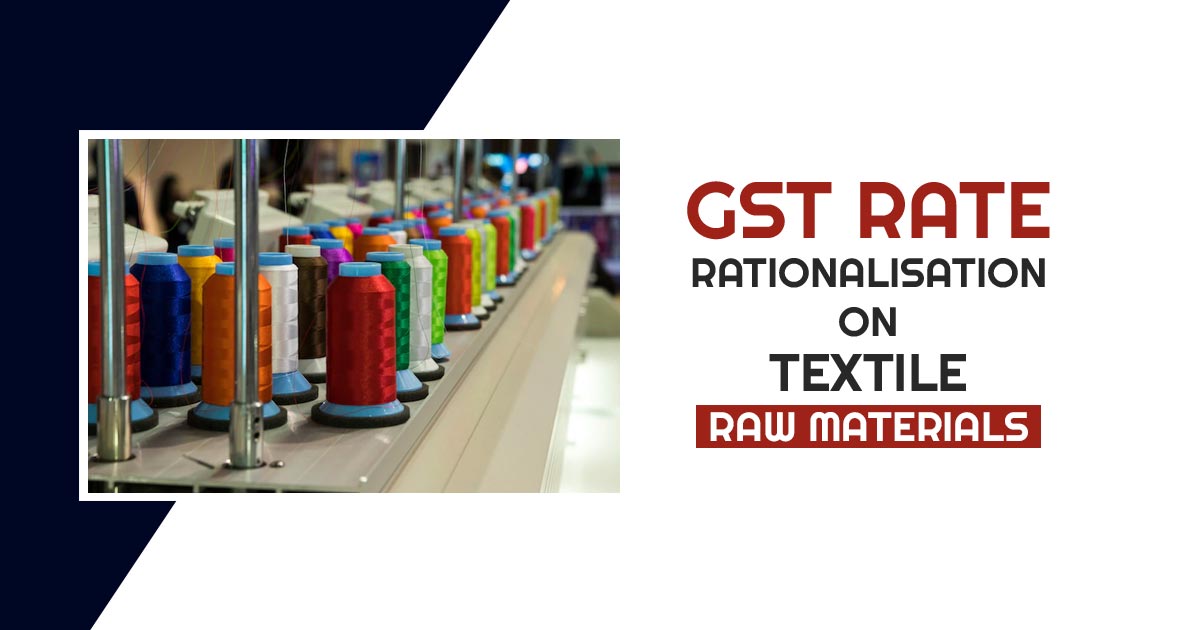
The committee on the labour, textile, and the development of the skill seeks the requirement to rationalize the taxes on the raw material inputs to the textile that are man-made to rectify the inverted duty structure, GST council has revised the same decision after a year.
In its report on the man-made fibre development, it was seen by the committee that the differential GST structure that is present in several stages of the man-made fibre (MMF) is an interruption to the Indian textile and apparel industry.
“The Committee are of the firm view that there is a need to rationalize duties on raw material inputs to man-made textiles. Further, since the differential tariff rates and inverted duty structure are hindering the Indian textile and apparel industry to compete with its global counterparts, the Committee urge the Ministry to follow up on the matter at the appropriate fora”, the committee sees.
At the 45th meeting of the GST Council in September previous year, the Council opted for the GST rate changes for revising the inverted duty structure in the textile sector. In the forthcoming time, the textiles prices for any value surged to 12% that come into force from 1st Jan 2022. Before that, for the sale value of Rs 1000 per piece for apparel, the GST rate levied was 5%. But the GST council postponed the decision in its 46th meeting in December of the former year since the traders and some states asked for a revision.
The issues of the inverted duty structure lifted as the finished product would be at a lower tax bracket corresponding to the input raw materials. The same directed to increase in the rate of the finished product. There is lesser opposition to the rate hike on footwear compared to textiles.
Tax experts mentioned that the textile industry shall appreciate the efforts if the rise in the rate gets reduced to 5% for man-made fibre from 12%. “This will give it the necessary boost to compete with global counterparts”.